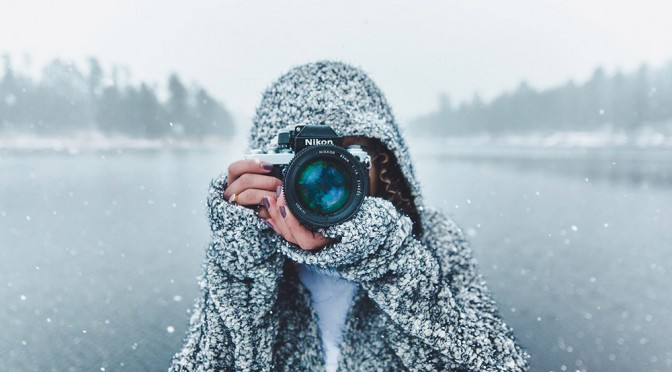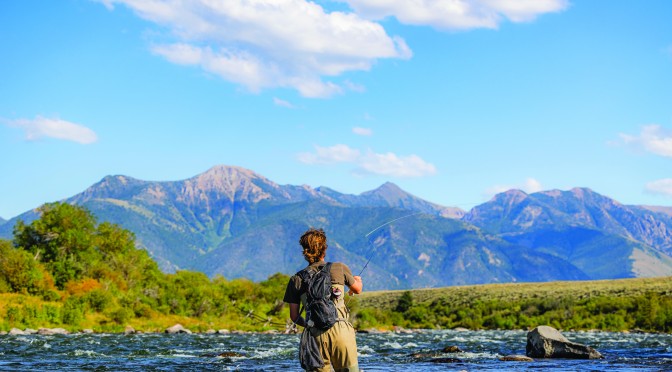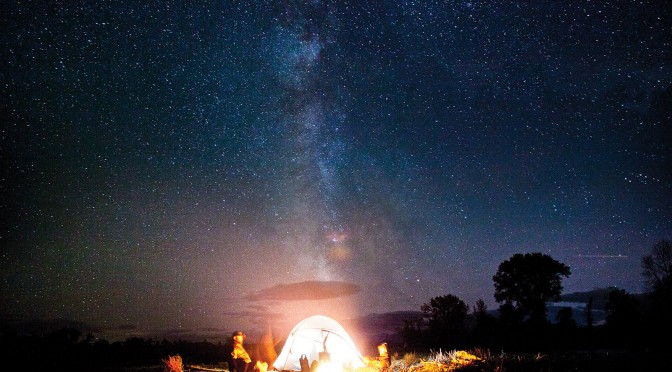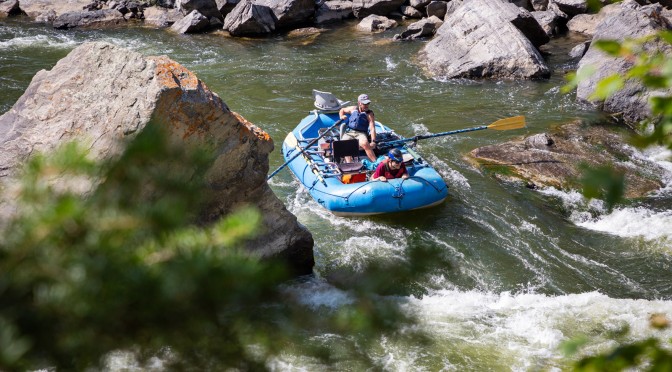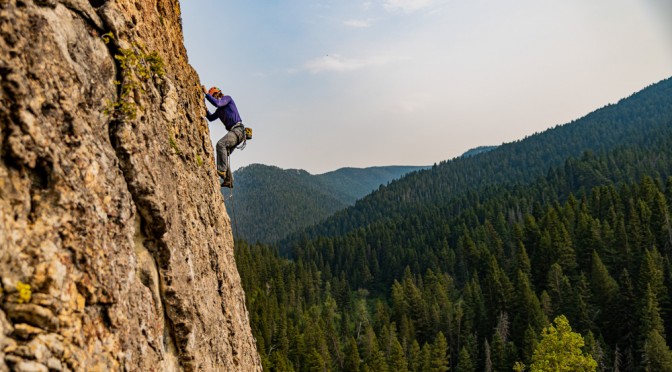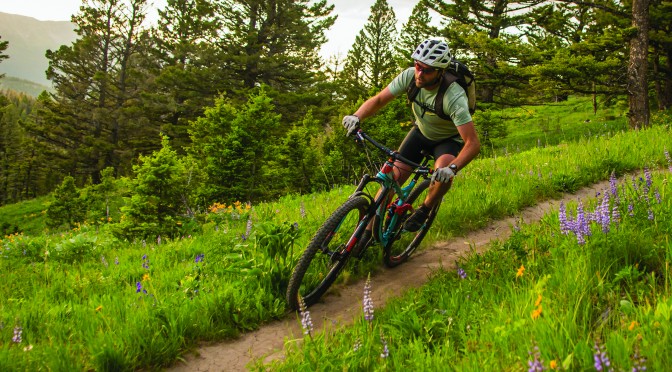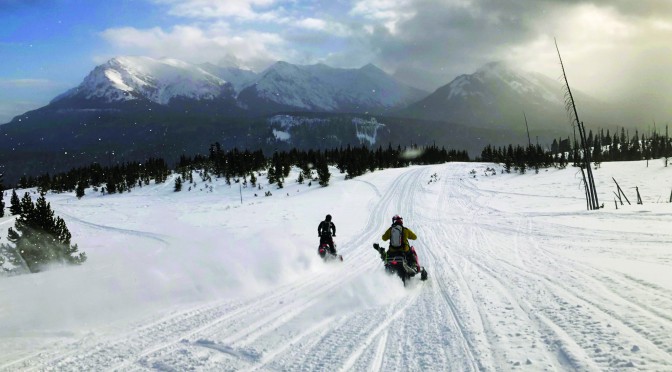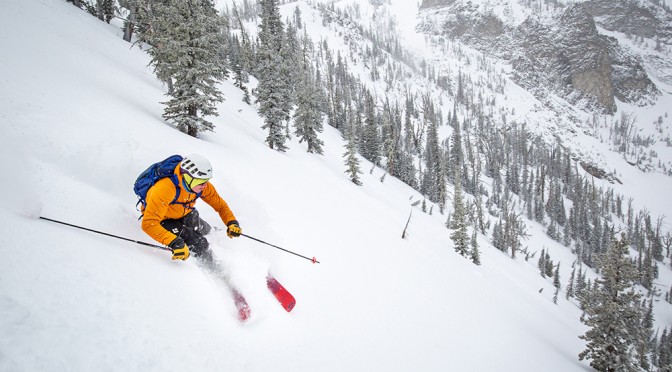by Corey Hockett
We live in a funny time. An age where announcing one’s experiences outweighs living the experience itself. If you don’t have a picture, did your trail run even happen? If your photo wasn’t affirmed with 1,000 cyber hearts, was your bike ride even worth it? If you climb a mountain, but fail to take a reel of it, were you there at all? So goes the thought process of the digital age.
Let me preface this by saying that I am a millennial who has social-media accounts and does in fact post from time to time. I have a camera and I understand the appeal of sharing images with one’s community. But must we do this with every last activity, every single outing? Is it too much to exercise a little discretion? We in Montana are still lucky enough to enjoy places to ourselves. Let’s do our best to keep it that way.
For the locals out there grumbling aloud about busy trailheads, head to the next drainage over. The one without a parking lot. Sure, it might be a little further from where you intended to go, but isn’t that what we’ve loved about this place all along? The opportunity to explore and discover?
Now, for those of you who have stumbled upon an area seemingly unbeknownst to others, please, for the love of all that is holy, keep it to yourself! Recognize the sacredness of such a thing and don’t ruin it by advertising it to your whole social network. Step back and realize that the reason the place seems so lovely and enjoyable is that there’s nothing around but the natural world. Crazy, huh?
As bewildered as I am over this, it’s clear that some folks are unable to move through their days without providing constant updates to their digital followership. Slaves to their vibrating, attention-sucking, brain-numbing devices, they need affirmation from others that the life they live is in fact a good one. To this, I say fine. If you want to post a photo of all the fish you caught in your secret hole, great—just don’t include easily recognizable landmarks. This same stretch of water could be quietly enjoyed by others, too. Choose a frame with an indistinct background and a caption that conceals the location’s identity. You get to show off your fish and preserve the solitude for others. Win-win.
I understand that as an outdoor guidebook, we play a role in the increased visitation to certain locations. There’s no way around it. However, we do so judiciously. No place that we promote, in print or online, is a secret spot—they’re all well-documented on maps and in other guidebooks; they’re all well-known among the local outdoor populace. “Secret” and “favorite” are not the same thing. Part of our job is to facilitate outdoor recreation—and newcomers (to town, or to a certain activity) need to know where to go. Sometimes that helps protect a place from mankind’s ravenous propensity to rape, pillage, develop, and commodify; other times, it simply leads to overcrowding. This is a conundrum, and if you think we could do a better job, tell us.
The point is, we live in a time where social media is everywhere. Like it or not, this includes our outdoor spaces. Thus, our responsibility—and I mean everyone here—is to use it in a manner that encourages healthy engagement with nature. What does “healthy” mean? In loose terms, it’s creating awareness for wild places under threat while keeping quiet about the so-called “undiscovered” spots. As for knowing which is which, it can only be up to the individual. But it ain’t that tough.
Post wisely, my friends.

